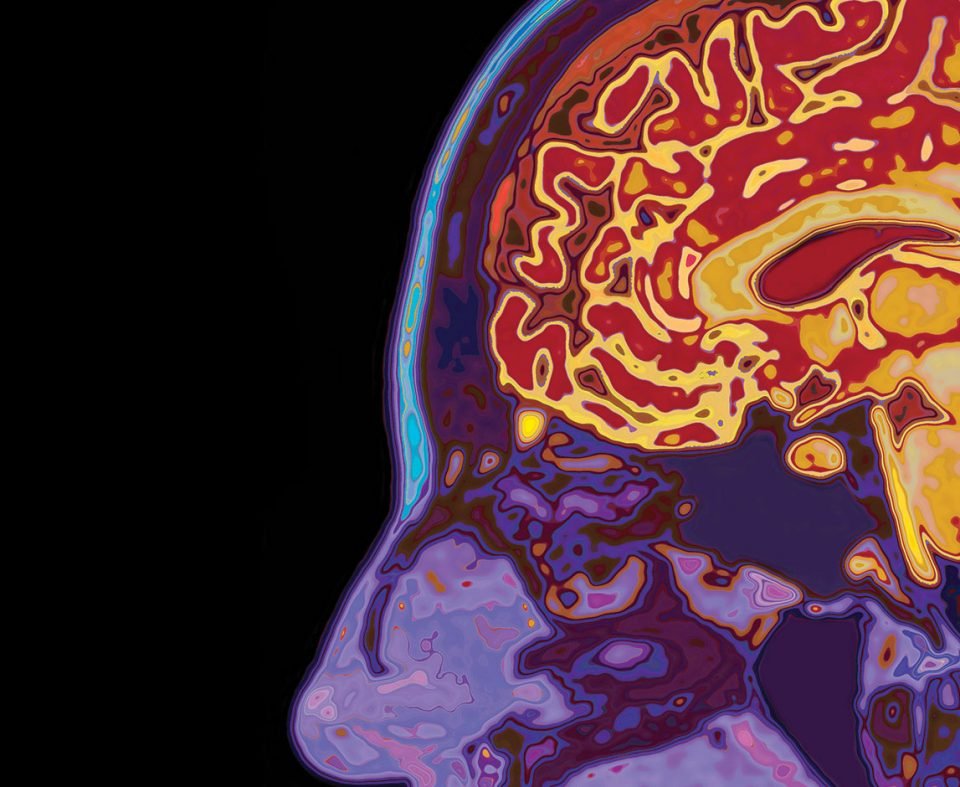
By Alicia Wanek
Understanding Alzheimer’s Diagnosis
It is commonly believed that a definitive diagnosis of Alzheimer’s can only occur during an autopsy. However, Envision Imaging/CereScan offers neuro-imaging technology paired with sophisticated processing software to provide a comprehensive evaluation of brain health long before that happens.
Importance of Accurate Diagnosis
Dr. Lon White, in a statement from the American Academy of Neurology, emphasized that “Diagnosing specific dementias…is complex, but with the significant rise in dementia cases anticipated in the U.S. over the next decade, it will become increasingly vital to accurately identify, diagnose, prevent, and treat age-related cognitive decline.” CereScan is ready to meet this challenge.
Enhanced Diagnostic Accuracy with Imaging
CereScan utilizes functional brain imaging techniques, namely SPECT and PET/CT, to enhance doctors’ diagnostic accuracy for Alzheimer’s disease, improving the success rate from the 70-80% range to over 90%. The analysis of blood flow patterns in these images can assist in determining the type of dementia or verifying if it is indeed dementia.
Recognizing Risk Factors
According to the Alzheimer’s Association, approximately 5.3 million people in the U.S. are living with Alzheimer’s, along with an additional 1 million individuals affected by other forms of dementia. Individuals with a family history of dementia, previous head injuries, high blood pressure, high cholesterol, obesity, or additional risk factors should seek further evaluation if they notice memory or concentration issues. Moreover, other conditions such as treatable thyroid disorders or brain infections can present symptoms similar to dementia.
The Importance of Early Assessment
A precise evaluation of brain function can lead to an accurate diagnosis and an effective treatment plan—early intervention is key.
To schedule an appointment or to obtain more information, visit Envision Imaging at www.envisionimg.com.






